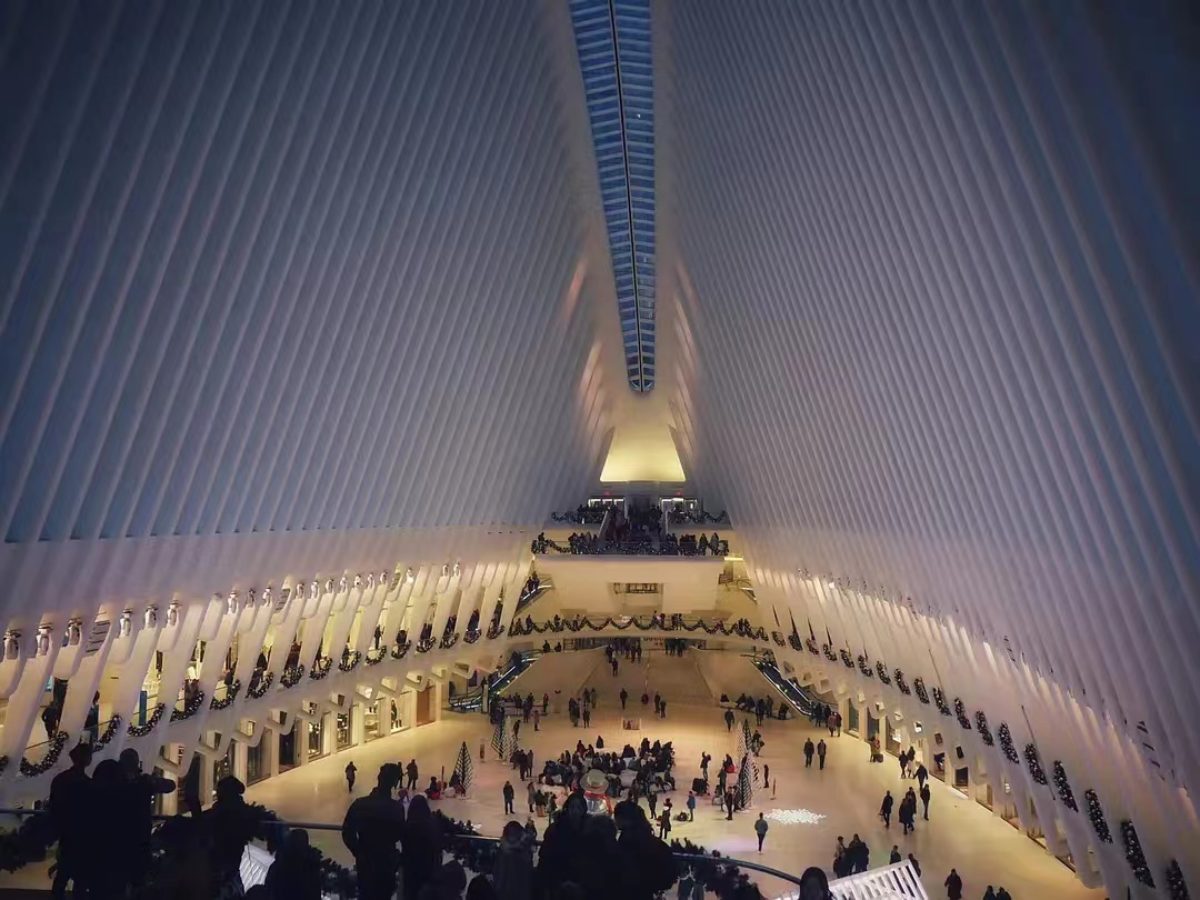Qin Pang, Benoy’s Director, Head of the Shanghai Office, was interviewed by the Urban China magazine to discuss an architect’s role in creating more innovative retail spaces to meet today’s rapidly changing market demands.
Return to Future ThinkingQin Pang: Retail spaces need to look for a new "formula"

Physical retail spaces must resonate and interact with people
According to Qin Pang’s views, physical retail spaces must further find relevance amidst the challenges of the global supply chain and the rise of e‑commerce.
He explained how an architect could develop various spatial designs and provide materials and inspiration for future users. Technology will serve as a means of shaping a better spatial experience.
No matter what stage of consumption we are in, the spaces and environment in retail properties must be inviting for both public use and those seeking a luxury experience.
A retail space is more than just an area with fancy buildings or façades — it should resonate and interact with people through well-designed public spaces.

Evolution of Retail Spaces
Urban China magazine (UC): How have retail spaces evolved over the years and what does it mean for different cities?
Qin Pang (QP): Two decades ago, the retail space was dominated by large department stores, including sales-oriented commercial streets which refined the urban functions of a city to a great extent.
As the business goals became clearer, the retail space was classified into tiers based on consumer purchasing power. Gradually, the retail space became an urban space shared by the public, which promoted the socialisation of social groups and fostered a stronger social connection. Due to different economic development stages, the level of urban growth varies in different cities.
Therefore, in the design process, it is necessary to take local conditions into consideration to maximise the commercial value of that retail property based on characteristics of the project, including location, scale, the urban texture of surrounding cities, etc.

Digitalisation and the retail design space
UC: Digitisation has spurred ever-changing consumption patterns. How do you address this today through the design of consumption spaces?
QP: Digitalisation or online shopping does pose many challenges to physical retail properties. Of course, when a project reaches the architectural design phase, it has already gone through a feasibility study and project approval. We place more emphasis on the product itself, focusing on how to reinvigorate it with a unique charm to attract many visitors to experience it physically.
Today’s retail design space is focused on providing an exceptional experience for visitors. To create iconic designs, many have spent huge amounts of money on various IPs, but most of the time they hardly pay off.
In fact, the team leaders of these projects are from business and operation management with no architectural design background. Sometimes they pay too much attention to the description of the products and overlook the physical properties and finishing of the product. Therefore, the final results are not as good as originally described.
In addition, today’s younger generations grew up in an era where materials are abundant and hence they have higher quality expectations, which enables them to spot low-quality materials easily. There is a huge gap between high customer requirements and poor product quality.
Another common problem is that the time it takes to finalise a concept is much longer than to work out the details. Most of the time is spent in concept development, whilst the timeline for the planning stage, preliminary design stage, construction drawing stage, and even the construction and material selection stage is extremely tight, which inevitably causes the results to deviate from what is expected in the first place.
As architects, we need to be on top of the psychological needs of people for physical space and put an end to some of the characteristics of commercial projects of the past.
Some guidelines have accommodated the need for rapid replication of retail properties in the past, but such guidelines are no longer suitable to help us meet today’s increasing needs for differentiation. We have also seen that the designs of some popular retail spaces do not conform to the design logic and principles adhered to by many developers. Therefore, the physical retail spaces required in this era cannot be achieved by following a standardised model.

The role of commercial design
UC: In the commercial real estate industry, people are always pursuing “innovation, forward-thinking and the latest trends”. Can retail spaces “stay young forever” in the city?
QP: Commercial spaces cannot “stay young forever”. By no means can we use an invariable (physical space) to adapt to a variable (changing market) at any time; we can only shorten or prolong the phase-out time.
Socialisation, well-being, education, health…these new functions are increasingly important and are slowly changing the definition of commercial space.
This is worth thinking about: Why are we fixated on calling it a ‘commercial space’? Could a school be part of commerce? Could displays and exhibitions be part of commerce?
The clear-cut definitions of functions have set limitations to the use of space, making it difficult to flexibly adjust the functions of a product to meet market demands.
From this vantage point, the role of commercial design has changed. This change in the parameter has completely redefined the commercial real estate industry to hatch a new formula. Several key components shape the face of modern retail spaces; from top to bottom, the entire urban management method, planning method, positioning method of developers, naming method, investment method, usage methods, architectural design method and the ability to grasp key focus points of design steps for the entire city. Of course, the new formula requires more creativity and more courage to break conventions.
We should neither shy away nor restrain ourselves in our own world. Instead, we must be firm and optimistic enough to confront these challenges. Only in this way, do we stand a chance to “stay young forever”.


The Urban China magazine
The Urban China magazine is the first authentic urban magazine in China. It is also a multi-dimensional medium which interprets deep-level problems in a way which people can easily understand using popular expressions and folk narratives.
Founded in 2003, it is a unique magazine focusing on urban research in China. It has a distinctive international perspective and comprehensively analyses the development trajectory and thinking of contemporary cities in China in the context of globalisation from all aspects of policy, planning, architecture, economy, humanities, social ecology, and business forms.
The editorial department of the magazine is located in the “Pan-Tongji” industrial circle in Shanghai. Its consultants and cooperative research groups include world-leading architects, curators and firms, as well as young scholars and scholars with PhD and Master’s degrees from well-known universities around the world.
It published ninety issues of magazines including “Chinese Style of Building a City”, “Remaining Space”, and “Community Micro Update” (global distribution via the electronic magazine app).





